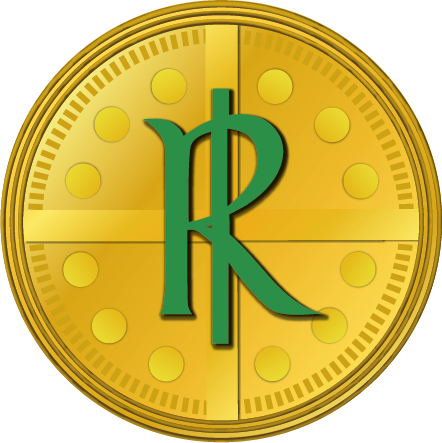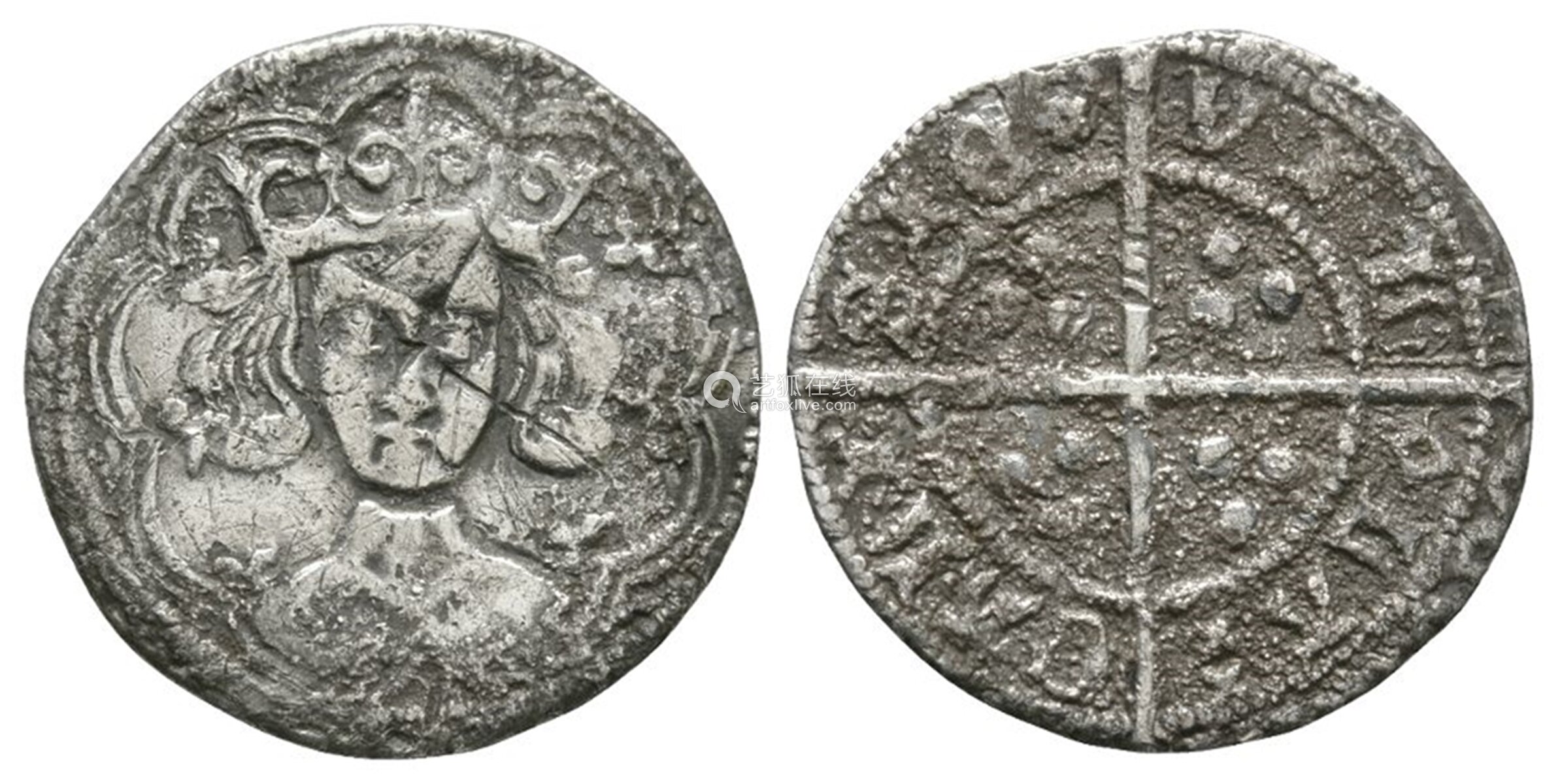O’Reillys Money
It’s not the first time Governments and Sovereign bodies have tried to control and fully centralise monetary policy, finance, and trade for their interest and utility. Since the 13th century, O’Reilly’s money was the original decentralised currency, hated by centralised authorities to the extent that they tried to bring in legislation to destroy O’Reilly’s money and their decentralised monetary system.
Let us introduce you to the original decentralised currency and store of value that rocked the established centralised monetary system and the Kings of Britain and continental Europe to their core. O’Reilly’s money was the original decentralised currency long before the digital age, and coined the phrase “The life of Reilly”.
“LE MONEY DEL ORAYLLY” ( O’REILLY’S MONEY)
January 1447, an Anglo-Irish parliament met at Trim, Ireland, and its legislation included the following:-
‘Also, forasmuch as the clippings of the coin of our Lord the King has caused divers men in this land of Ireland to create the said coin, to the extreme hurt and destruction of the said land, and the making of gold bridles and poitrels also has waste and consumed the gold of the said land for the greater part, and is like to do more hereafter, if it be not speedily remedied; wherefore it is ordained and agreed by authority of this present parliament that no money so clipped be received in any place of the said land from the first day of May next to come, nor the money of Oraylly or any other unlawful money, provided that a coiner be ready at the said day to make the coin. And also that no man be so daring henceforward as to use any brindles of gold, poitrels or any other harness of gold in any place of the said land, except knights and prelates of holy church; and if any man be found with any such bridle, poitrel or any other harness of gold from the same day, that it shall be lawful for everyman who will, to take the said man, his horse and harness, and to possess it as his own goods.’
December 1456, a similar parliament convened this time at Naas ordained:-
‘Also, at the request of the Commons. Whereas this land of Ireland is greatly impoverished from one day to another by the great withdrawing, taking and carrying out of the said land in to England, of silver plate, broken silver, bullion, and wedges of silver made of the great clippings of the coin of our sovereign lord the King, by his Irish enemies and English rebels within the said land, by which his said coin is diminished and greatly impaired, and the Irish silver called Reilly’s increases from one day to another, to the great injury and impoverishment of his said people of this his said land annihilation of his said coin. Whereupon the premises considered, it is ordained, established and provided by the authority of said parliament that for every ounce of broken silver, bullion and wedges of silver, taken by any person or persons out of the said land, the said person or persons to pay, satisfy and content to the King, twelve pence of each ounce for custom, to be received by the hands of his customers for the time being; except lords and messengers going into England upon the business of the land, who may take plate with them according to their degree.’
The two extracts are, of course, quoted here in translation, the edition used being that of Berry, but for a serious student the original Norman French does not present any undue difficulty, though in passing we may remark that the principal difference between Berry’s rendering and Simon’s of more than a century and a half before is that one would not know from the eighteenth-century numismatists version that the 1447 statute was hitting at gold-mounted harness as well as at minting coin.
The problem still confronting the numismatist is the identity of Le money del Oraylly or Arent irrois appelle Raillyes, (O’Reilly’s Irish Silver), a mystery which has exercised students of Irish history for rather more than three hundred years. What has first clearly to be recognised is that there ought to be some fundamental connection between the widespread clipping of ‘The coin of our lord the King’ – at this period essentially, as is shown by the coin-hoards, English groats of Edward III and of Henry VI and the production and currency of Le money del Oraylly. Both the 1447 and 1456 statutes stress this connection. In other words, there is a pretty strong suggestion that the Irish coins closely resembled English groats, and might even have been made from the clippings. We may stress also the fact that they are described as Argent irrois (“Irish silver”), so we can postulate a coin that purports to be silver. As it happens, hoards also provide some useful corroboration that the minting of Irish coins was extensively practised in Ireland in the middle of the fifteenth century. Perhaps the most spectacular illustration is the 1840 Oldcastle, County Meath, Ireland findwhich is in the process of publication based on an MS listing by Dean Richard Butler of Clonmacnoise, the Trim antiquary, recently discovered in his graingerized copy of Lindsay’s Coinage of Ireland. In this hoard, concealed c. 1468, there were 75 English groats of Edward III – Henry VI.
A second requirement of any plausible identification of Le money del Oraylly is that it should be associated in some way with the O’Raghallaigh (O’Reilly). Berry saw this very clearly when he argued that the coins should be equated with the “cross caoile” money, which he supposed to have been struck “by O’Reilly at Crossakeel” near Kells in the West of Co.Meath. Recently, however, it has been shown that the croise caoile or cross-keele coins belong to a later period, and were the so-called Three-crown groats struck for Richard III and Henry VII at Dublin and Waterford. Accepting an association with the O’Raghallaigh, it seems reasonable to suppose either that the legends and/or types of le money del Oraylly adverted to that family, which is unlikely since generations of numismatists have been looking out for such a link and have failed to report success, or it should hail from a part of Ireland where the O’Raghallaigh were supreme. The most important sept of the O’Raghallaigh in fact was that of Brėifne, and the Cavan-Meath mearing may be regarded as the epicentre of O’Raghallaigh influence. It will not be lost on the Irish reader that Oldcastle lies in this general area.
Both in the Ulster Museum and in the National Museum of Ireland in Dublin, there are rare coins which seem to measure up to all our requirements. It will be remembered that in April 1852, there were found at Pettigo in County Fermanagh a most interesting group of unclipped Scottish groats produced by hammering thin sheets of silver over actual coins and then pairing up the resultant cliches with a lead-solder core. The plated groats to which we would draw attention are produced in the same way but the models are clipped groats, in the case of the Ulster Museaum specimen of the smaller denomination, a Calais groat of Henry VI [Plate XIV, 1] and in the case of the National Museum specimen of the larger denomination what seems to be a contemporary coin of an Anglo Irish groat of Edward IV [Plate XIV, 2]. Not illustrated is a second ‘Coin’ in the National Museum of Ireland, a cliché of the reverse only of a heavily clipped annulet Calais groat of Henry VI.
It will be objected, doubtless, that the coins which are sought to identify with the Argent irrois appelle Raillyes are too rare to be the apparently common pieces so vehemently denounced by the Anglo-Irish parliaments of 1447 and 1456, but a factor that must be taken into consideration is the selectivity of the modern collector, public as well as private. It will be recalled that the Oldcastle find is on record as containing no fewer than 71 clipped English groats, although of course the degree of clipping is uncertain, and it could be that the shearing did not in every case remove the whole of the outer legends. Of comparable coins, there are none in the National Museum of Ireland, and only 8 heavily clipped in the Ulster Museum, where, until quite recently, the manner of acquisition was much more haphazard, or 11 if we include half-groats cut down to penny size. Interestingly, the provenances of the Ulster Museum coins can be interpreted as looking towards Bréifne. It is our belief, too, that now that the Argent irrois appelleRaillyes have been identified, more attention will be given to heavily clipped coins of the period, and especially if le money del Oraylly should once again be sought after by collectors and others. The very method of its construction, through, must militate against its preservation in the soil except under the most favourable circumstances – one may compare a certain type of plated forgery of the Anglo-Saxon penny of which only the odd specimen is known today although its prevalence in its hay day led to systematic physical tests being carried out on the great majority of the coins which found their way to Scandanavia, virtually tens of thousands of coins exhibiting all too familiar “pecks”.
To sum up, Le money del Oraylly or Argent irrois appelleRaillyes may be identified as plated minted copies of the English groat of the last half of the fourteenth and first half of the fifteenth centuries. The clipped groats usually weigh in the region of 30 grains, and the Dublin specimen, which is without provenance, in fact weighs just over 29 grains. Less frequently, both groats and half-groats were also cut down to “penny” size, and here the weights are in the region of 18 grains, so that the Belfast specimen acquired in 1955 from an antique dealer, Mr Angus MacDonald, which tips the scale at just under 16 grains, would easily have passed muster. It can be shown from the Pettigo hoard that the method of manufacture was known in the Lough Erne area immediately to the north-west of Bréifne, and no less significantly, it is Oldcastle, in the heart of O’Reilly’s country, which has provided the largest recorded hoard of the prototypes.

